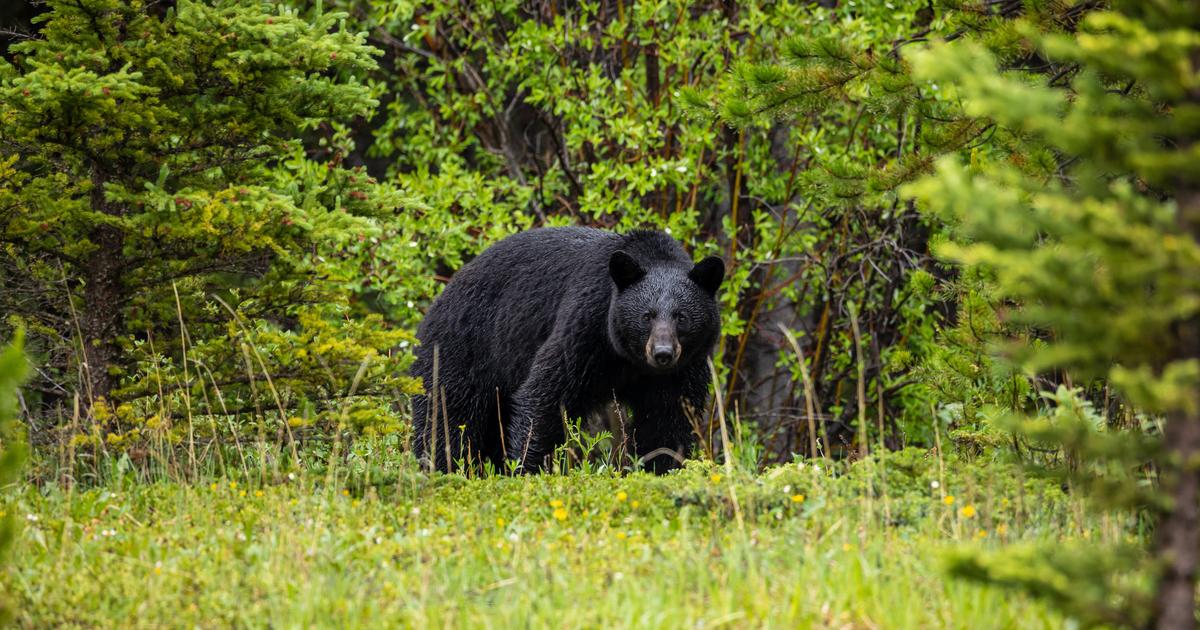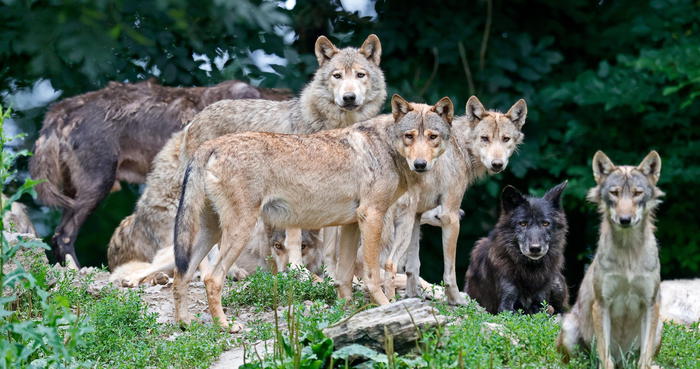A significant amount of research on the tropical forest has been biased towards terrestrial communities, which live on the ground, and thus the canopy, the upper part of the trees, has become an ecological frontier. This clashes with data from a review of studies that calculates that 76% of vertebrates in these areas are arboreal and spend their lives in the canopy. Primates and rodents, among others, have been among the most analyzed. Jessica Haysom, from the School of Anthropology and Conservation at the University of Kent, explains that as an assistant to another investigation using terrestrial camera traps in Borneo, she became aware from field guides of the number of species that lived in the canopy. Now,is the co-author of research in which the arboreal mammal community in the Sabah Rainforest (Borneo) is inventoried, using paired canopy and ground camera traps at 50 different locations. The results, which have been published in
Frontiers in forests and global change
, show the detection of 57 species of mammals.
Bearded boars (Sus barbetus) captured by a terrestrial camera trap.
Image courtesy of Jessica Haysom.
Borneo's rainforests are among the highest in the world and are famous for their arboreal and semi-arboreal mammal fauna. The paired camera traps were installed in two different areas: 25 in unlogged forest in the Maliau Watershed Conservation Area and another 25 in logged forest in the Monte Luisa Forest Reserve, which between 1978 and 2008 underwent multiple rounds of logging. The mean distance between sampling sites was 1.26 km, and paired camera traps were used at each location: one terrestrial and one in the canopy (middle or upper, with an average distance of 25.9 meters above ground). A second camera was placed on 20 of the focal trees over a period of approximately three months.
Of the 57 species of mammals detected, 30 were terrestrial, 18 arboreal and 9 semi-arboreal. They were thus determined based on which camera had detected them: the terrestrial ones with the terrestrial trap cameras exclusively, the arboreal ones only with the cameras in the canopy, and the semi-arboreal ones had been seen both by the cameras placed in both strata. Of the tree species, two were detected thanks to the second camera. However, they were unable to observe 21 species potentially present in the landscape.
The diversity of arboreal mammal species in both types of forests (logged and not) was significantly lower than that achieved at the terrestrial level.
Despite this, these mammals perform important functions within the ecosystem, according to the researchers, such as predation, pollination or seed dispersal.
Haysom considers it essential to study this community: “In our area, if you add camera traps in the canopy, you add more than 30% more species.
In addition, we have discovered that these cameras provide new insights into semi-arboreal species."
An orangutan (Pongo pygmaeus) mother with her calf.
Image courtesy of Jessica Haysom.
Canopy camera traps were especially effective at detecting primates and other gliding mammals.
In the terrestrial ones, on the other hand, more individuals of viverrids, mustelids and felids were detected.
Rodents were clearly observed at both levels.
The researchers were surprised by the results: “Many tree species (almost all) are physically capable of going down to the ground, such as many monkeys or squirrels.
I was hoping there would be a lot more mixing communities.
This highlights how important it is to sample in the canopy.”
Regarding the difference between logged and unlogged forests, the most salient of the study's conclusions is that, while the arboreal mammal community is comparable in species identity and diversity in both locations, there is greater terrestrial diversity in unlogged forests. .
The difficulties to observe any jungle animal are many. Francisco Palomares, a researcher in the Department of Conservation Biology of the Doñana Biological Station, considers that the fundamental one is the logistics of the study itself. “When you work in places like this, getting around is very difficult. The territory or the area that can be covered is very little”. In addition, he adds that the animals in these places are very difficult to see and observe. However, he emphasizes that this is not an exclusive matter of forests, since in Spain there are areas, such as forests or thickets, in which the same thing happens and stresses the need to use indirect techniques to determine the existence of species . The use of trap cameras, he explains, that in addition to letting you know about the existence and characteristics of the species,It is also used to estimate its abundance, starting from a record of the times and days it appears and using "mathematical statistical techniques".
Marbled cat (Pardofelis marmorata) captured by a ground-based camera trap.
Image courtesy of Jessica Haysom
Pablo Palencia, who is part of the Hunting Resources Research Institute (IREC-CSIC), specifies that in closed environments photo-trapping, or the use of camera traps, has more potential and also in those species that have more elusive behaviors "either because they are nocturnal or because there are few individuals”.
Palencia, together with other researchers, has recently published a study in the
Journal of Zoology
in which they evaluate different brands of this instrument to identify the factors that correspond to the probability of detection and the speed of firing.
You can follow
MATERIA
on
,
and
, or sign up here to receive
our weekly newsletter
.

/cloudfront-eu-central-1.images.arcpublishing.com/prisa/QJXPYPS7DZBKNB3C72V6QX6KUY.JPG)







